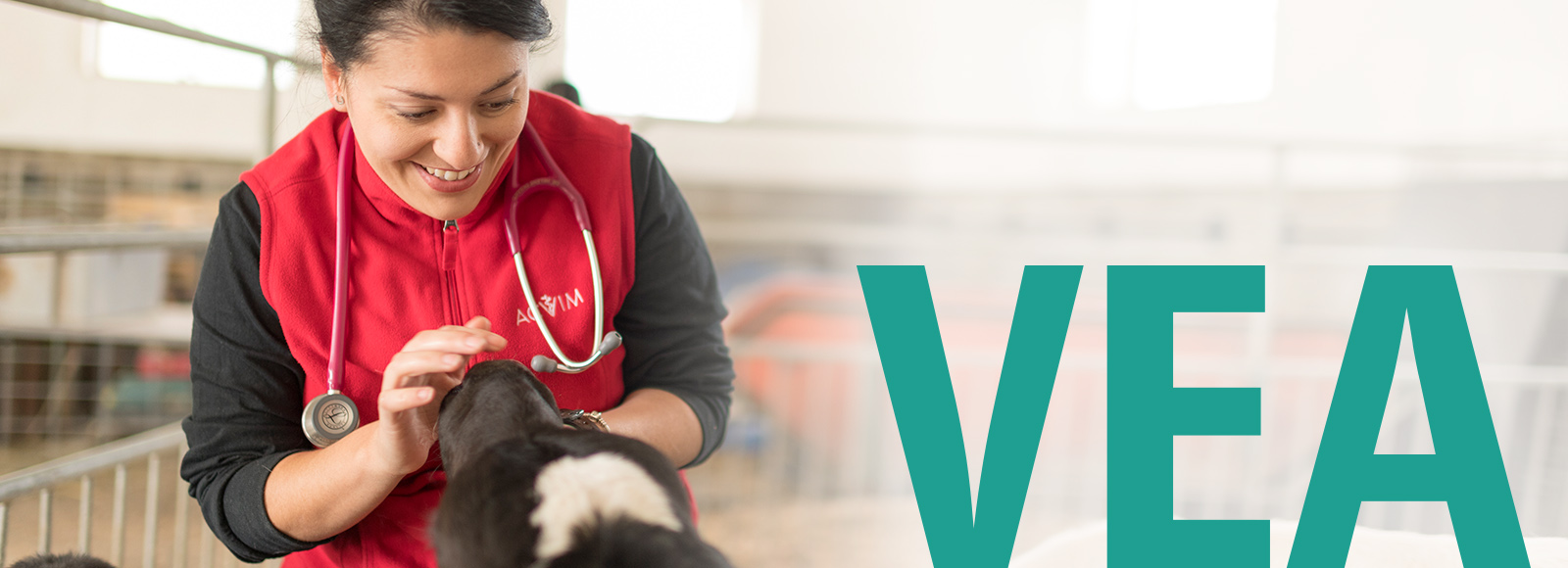
Veterinary Schools Identify Key Benefits of Administering the VEA to Students
Faculty who participated in a recent questionnaire conducted by ICVA cited assessment of pre-clinical knowledge acquisition as the most common reason for administering the VEA to students.
The International Council for Veterinary Assessment designed the Veterinary Educational Assessment (VEA) to assess students’ knowledge of basic sciences. Both schools and students can evaluate how their performance compares with the hundreds of other students taking the test each year.
The VEA is a 240-item web-based multiple-choice examination covering basic veterinary medical sciences. The five main content areas are anatomy, physiology, pharmacology, microbiology, and pathology. The VEA is recommended for students who have completed their first two years of veterinary school.
The ICVA recently sent an email questionnaire to faculty from six veterinary schools that currently administer the VEA to their students. The participants were asked to identify the initial reasons their schools chose to administer the VEA. Multiple reasons were listed, with the most common identifying the exam as a useful tool for measuring pre-clinical knowledge.
...we were interested in a high-quality external measure of basic science knowledge and skills to provide us with information regarding how well we were doing at teaching our students in those areas. – Dr. Courtney Vengrin, Iowa State University
Schools also reported utilizing the VEA for monitoring outcomes from curriculum changes and benchmarking student performance to other schools.
We wanted to have a direct assessment of pre-clinical knowledge acquisition to provide curricular insights such as monitoring of intentional changes or curriculum drift...Lastly, the VEA provided us the ability to compare student outcomes among schools in administration cycles. – Dr. Linda Berent, University of Missouri
Participants were asked to describe how the results from the VEA were used to impact learning strategies. Faculty from Ross University and the University of Missouri indicated that VEA scores were a contributing factor to curriculum changes and monitoring.
VEA was not the only factor but contributed to strengthening curriculum in the area of pharmacology. – Dr. Robert Gilbert, Ross University
At our institution, VEA score trends over time are used to monitor outcomes related to curricular changes, rather than being a primary driver of change. – Dr. Linda Berent, University of Missouri
In 2011, Dr. Jared Danielson of Iowa State University led a study exploring the relationship among common student measures, such as the GRE, undergraduate GPA, veterinary college GPA, and the VEA and how well they predicted a student’s performance on the NAVLE. The study revealed that the VEA was the strongest predictor. In light of this study, participants were asked how the VEA influenced preparation for the NAVLE. The majority indicated that students are encouraged to utilize the results to prepare for the NAVLE.
We make students aware of the predictive value and urge them to use it as an early warning system. – Dr. Robert Gilbert, Ross University
We tell the students to use these results to help guide their studying for NAVLE. – Dr. Anne Marie Corrigan, St. George’s University
Faculty described the feedback from students about the test as ranging from mixed to generally positive:
The feedback is mixed. Some students do not even look at their score report because they do not know how to interpret the results, while others use it to review areas where they thought the scores would be higher. – Dr. Carla Gartrell, Midwestern University
Overall, schools identified the following key benefits that they derive from administering the VEA:
- A validated assessment of pre-clinical acquisition knowledge
- Benchmarking student performance with other schools
- Providing insights into curriculum changes
- A key component in the NAVLE preparation strategy
Visit the Assessments section of our site if you are interested in learning more about the VEA, or contact us.
